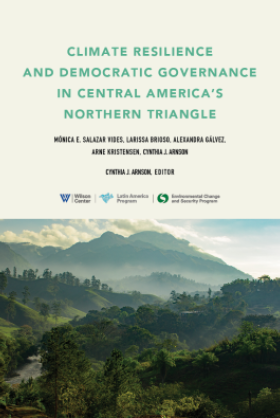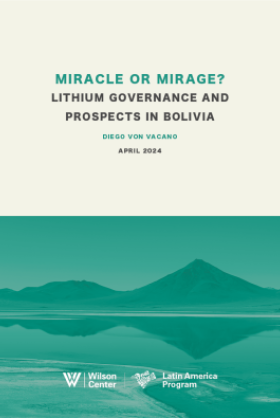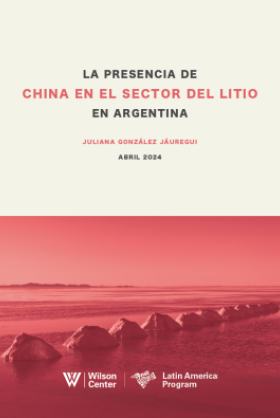New Research on Population and Climate: The Impact of Demographic Change on Carbon Emissions
"Policies that have the effect…of leading to lower fertility and to slower population growth can be considered ‘win-win' from the climate point of view," says Brian O'Neill of the National Center for Atmospheric Research. O'Neill presents new research on the links between demography and climate change.
Overview
"Policies that have the effect…of leading to lower fertility and to slower population growth can be considered ‘win-win' from the climate point of view," said Brian O'Neill of the National Center for Atmospheric Research (NCAR) at a recent Wilson Center event on his latest research. Yet while the connection between demographic change and CO2 emissions is implicitly understood among both researchers and policymakers, it "has not really caught on," he added.
In response to critiques of earlier studies looking at demographic change and CO2 emissions—which the climate research community has faulted for their lack of sophistication, use of unfamiliar analytic approaches, and failure to clearly demonstrate the magnitude of the connection—O'Neill is using a novel, more rigorous approach that he hopes will provide a clearer understanding of the links between demography and climate change.
The Population Factor
To generate CO2 emissions scenarios for the next 100 years, O'Neill's team used the Population-Environment-Technology (PET) Model, originally created by Lawrence H. Goulder and Michael Dalton of Stanford. The PET Model takes its basic assumptions on regional economic growth, technological development, change in population characteristics, and other factors from the IPCC's A2 and B2 scenarios, but replaces each scenario's singular population growth curve with high and low alternatives from the United Nations Population Division.
Like other climate models, the PET Model divides the world into nine regions. "You don't want to treat economies—or the demography, the consumption patterns, the energy system, and so on—of sub-Saharan Africa the same as you do for the U.S. or EU," he said.
What makes the O'Neill's approach unique, however, is his attention to the sub-regional level. "Typically in these models…you break the world up into nine regions, but then you treat everyone in sub-Saharan Africa the same, everyone in China the same," said O'Neill.
By drawing on data from detailed surveys of 800,000 households from 35 countries, O'Neill and his team demonstrated that the distinctions between urban and rural, older and younger, and smaller and larger households hold important implications for carbon emissions. This inclusion of demographic sub-factors allows a deeper degree of analysis than models that treat all households the same. They found that age structure, household size, and urbanization all altered emissions outputs.
Could Bending Population Growth Curves Reduce Emissions?
In the long run, the potential for demographic shifts to reduce CO2 emissions "is a big number," said O'Neill. In the medium term, for example by the middle of the century, results are less clear. To compare population-related emissions reductions to other carbon-reduction opportunities, he evoked Socolow and Pacala's "stabilization wedge" framework. The wedge framework posits 15 opportunities, or wedges, to eventually reduce CO2 emissions by 1 billion tons of carbon equivalent per year. They contend that implementing any 7 of the wedges could stabilize CO2 emissions by 2050 and, if followed by additional measures reducing emissions below today's levels, would stabilize the atmospheric concentration of CO2 at 550 ppm and forestall the worst impacts of climate change.
Would reducing population growth equal a wedge? The full results, currently under review at a scientific journal, will seek to answer this question. "Slower population growth can't solve the climate problem," he concluded. "But it can certainly help."
Drafted by Dan Asin and edited by Meaghan Parker.
Speaker
Hosted By

Environmental Change and Security Program
The Environmental Change and Security Program (ECSP) explores the connections between environmental change, health, and population dynamics and their links to conflict, human insecurity, and foreign policy. Read more
Thank you for your interest in this event. Please send any feedback or questions to our Events staff.








